This post was contributed by current Mentor Teacher Meagan Arango. It is part of a series on the Boulder Journey School Professional Qualities.
Reflective Observation: This quality speaks to your capacity for close and careful observation and how to use your observations in ways that raise the quality of work and life for those with whom you are in contact. Through reflective observation of yourself, of children, and of other adults you will develop a keen level of self-awareness, awareness of your work environment, and awareness of the world around you that can be used to make informed decisions regarding your professional work. You will engage in a mindful attitude of work with children and adults. Through reflective observation of children, you will be capable of giving words to the children’s gestures and actions, as well as capable of silence and listening to the children. You will be capable of a micro gaze even when you are in a macro environment, and you will understand what is going on enough to notice, capture moments, value these moments, and use these moments to re-launch ideas.
Why Observation?
 Observation is integral to the work we do at Boulder Journey School. It is one of the most powerful tools we can use to keep pace with the children as they rapidly learn and grow. Regular observation allows us to design dynamic, high-quality experiences and environments. It allows us to cater our approach to suit the developmental level, cultural background, and personality of each child. Most of all, it invites the voices of the children into these processes–even those who are not yet speaking–because we work in response to what we observe. Most educators, I would bet, can get behind that. Traditional and non-traditional settings have long required teachers to perform formative assessments, inviting educators to tailor their instruction to each child’s observable signs of learning. We think observation can be taken even further.
Observation is integral to the work we do at Boulder Journey School. It is one of the most powerful tools we can use to keep pace with the children as they rapidly learn and grow. Regular observation allows us to design dynamic, high-quality experiences and environments. It allows us to cater our approach to suit the developmental level, cultural background, and personality of each child. Most of all, it invites the voices of the children into these processes–even those who are not yet speaking–because we work in response to what we observe. Most educators, I would bet, can get behind that. Traditional and non-traditional settings have long required teachers to perform formative assessments, inviting educators to tailor their instruction to each child’s observable signs of learning. We think observation can be taken even further.
 In the context of our school, observation is not just an occasional tool of assessment. It is a frame of mind, a cultivated skill that becomes second nature. We use it to know the children, to know ourselves, and to know our surroundings. We strive to be in a constant state of observation because we believe that people are–by nature–in constant pursuit of their own learning. Using observation, we join the children on that path, learning alongside them and negotiating an emergent curriculum together.
In the context of our school, observation is not just an occasional tool of assessment. It is a frame of mind, a cultivated skill that becomes second nature. We use it to know the children, to know ourselves, and to know our surroundings. We strive to be in a constant state of observation because we believe that people are–by nature–in constant pursuit of their own learning. Using observation, we join the children on that path, learning alongside them and negotiating an emergent curriculum together.
What does it look like?
To give a sense of what observation looks like at Boulder Journey School, I posed a few simple questions to my colleagues:
When is the best time to observe?
What are your favorite tools of observation?
What do you do with your observations?
Their responses were anything but simple. Let’s start, for instance, with tools of observation.

There are certain tools that are popular by consensus: still and video cameras, audio recording, and good old-fashioned note taking were commonly listed. But the difference is in the details. As each educator described their tools of choice, they often elaborated–insisting that different tools were best-suited to different tasks: video gives us insight into gesture, context, relationships. Audio recordings help us focus on the expressive potentials of voice, breath, language, and silence. Note-taking invites us to jot down quotes, noticings, interpretations, sketches, questions, and ideas for the future. Most teachers, for this reason, described using a combination of tools to work toward a diversity of data.

But how do you know where to look, what to listen to, and when to start recording? The answers, again, varied widely, running the gamut from: “All the time!” to “When I have a specific goal in mind”. Everyone agreed, though, that whether you meticulously prepare or discover a meaningful moment off the cuff, observation is a process that carries the promise of surprise. You just never know what the children are going to do! Our Studio Teacher, Jen Selbitschka, described the balance between intention and happenstance this way:
“Sometimes I go in planning to observe something specific, but experiences with children take so many paths that I cannot predict ahead of time, and I find myself constantly making moment-to-moment decisions about what is important to capture at the time. I often uncover stories I was not aware existed when I look at my photographs after an experience.”
This brings me to my next question: what do you do with your observations after the fact? Here, the responses were pretty consistent: we share them, we use them, and we reflect on them. Our educators described sharing observations with co-teachers, with directors, with parents and–especially–with the children. They discussed using their observations: to inform decisions, to theorize, to spark conversations, to develop curriculum. And everyone described a process of reflection. So what does that mean?
What is Reflective Observation?
 Reflect is one of those great words that carries two oppositional meanings. The first refers to the way a mirror reflects. This definition describes the interplay between waves and particles of energy and the surface of an object: instead of absorbing light, the mirror bounces it back, creating a reflection. It is a moment of active contact: energy collides with an object and is ricocheted back, sometimes seeming to be multiplied. Imagine echoes in a tiled room; bright sunlight on a fresh snowbank; trees mirrored on a still pond. These are all forms of reflection. The second meaning of reflect is an internal, mental process. To reflect is to think deeply, carefully, intentionally. Unlike the first, this type of reflection requires absorption. Where the first is a product of energetic movement, the second implies a stillness that is necessary to process information.
Reflect is one of those great words that carries two oppositional meanings. The first refers to the way a mirror reflects. This definition describes the interplay between waves and particles of energy and the surface of an object: instead of absorbing light, the mirror bounces it back, creating a reflection. It is a moment of active contact: energy collides with an object and is ricocheted back, sometimes seeming to be multiplied. Imagine echoes in a tiled room; bright sunlight on a fresh snowbank; trees mirrored on a still pond. These are all forms of reflection. The second meaning of reflect is an internal, mental process. To reflect is to think deeply, carefully, intentionally. Unlike the first, this type of reflection requires absorption. Where the first is a product of energetic movement, the second implies a stillness that is necessary to process information.
So when we describe observation as reflective, you might expect that we mean the word one way or the other. But here, we mean it both ways. That’s because our job as educators is not only to process and interpret what we observe internally, but also to bounce it back to the children and adults we work with. When we reflect inwardly, we deepen our work; when we reflect outwardly, we amplify it. It’s the dual action that offers access to the metacognitive processes that so enrich learning.
So, when the educators at Boulder Journey School described the process of reflecting, it naturally took on many different forms. Journaling, thinking, watching and re-watching video, looking back at photos, transcribing conversations, analyzing, researching, synthesizing, wondering, questioning. Reflection, in short, is the action we educators take to learn alongside the children, using our observations as our guide.
How can you get started?
Reflective observation is a complex and individualized process. It looks different for every person. No matter what form it takes, quality observation requires flexibility, openness, focus, and rigor. So pick a tool. Pick a time. And remember that it doesn’t end with watching, listening and recording. Reflective observation is ongoing. It has a quality of reverberation, creating waves that affect change both inwardly and outwardly. And as we cultivate these skills and habits, it is a process by which we can become ever-better versions of ourselves.

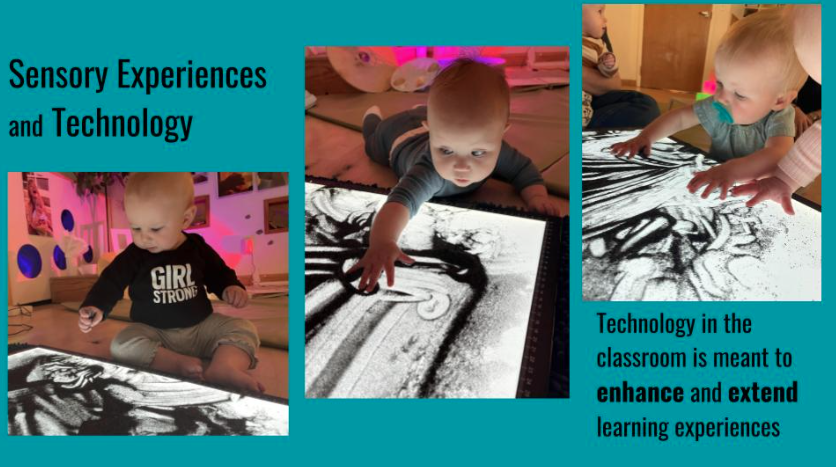
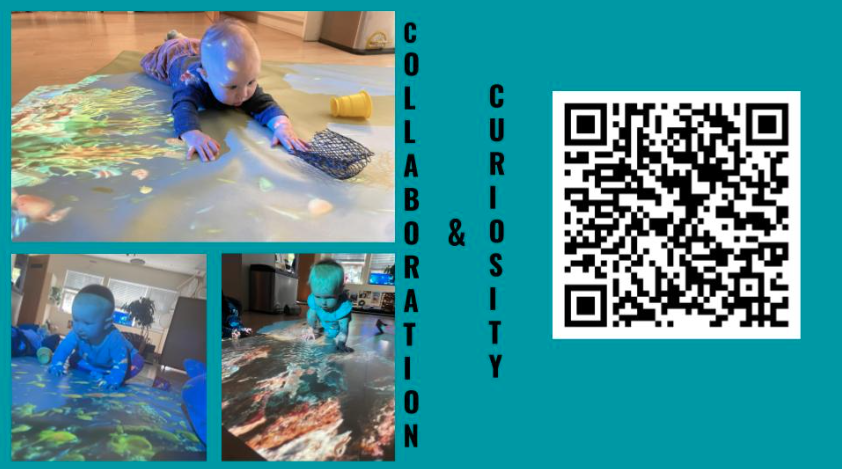
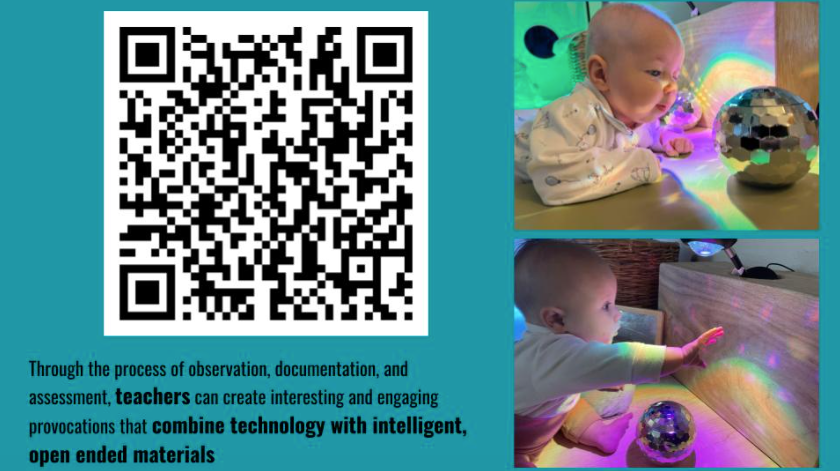













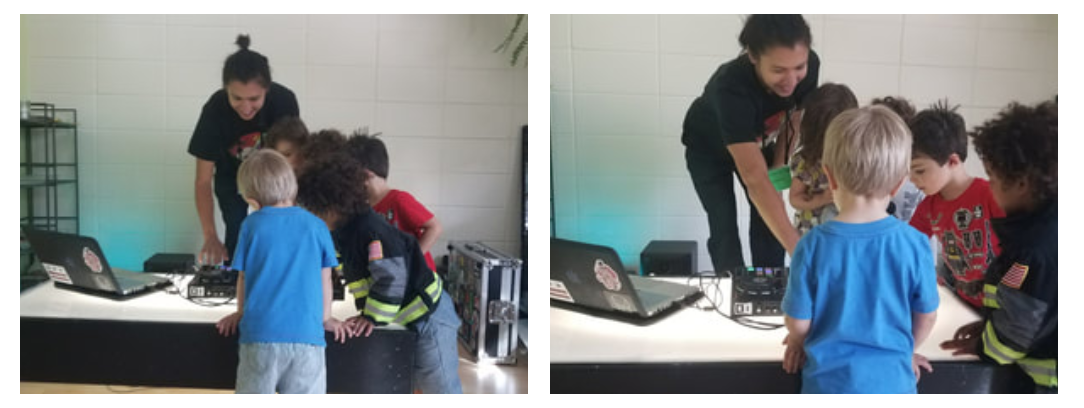


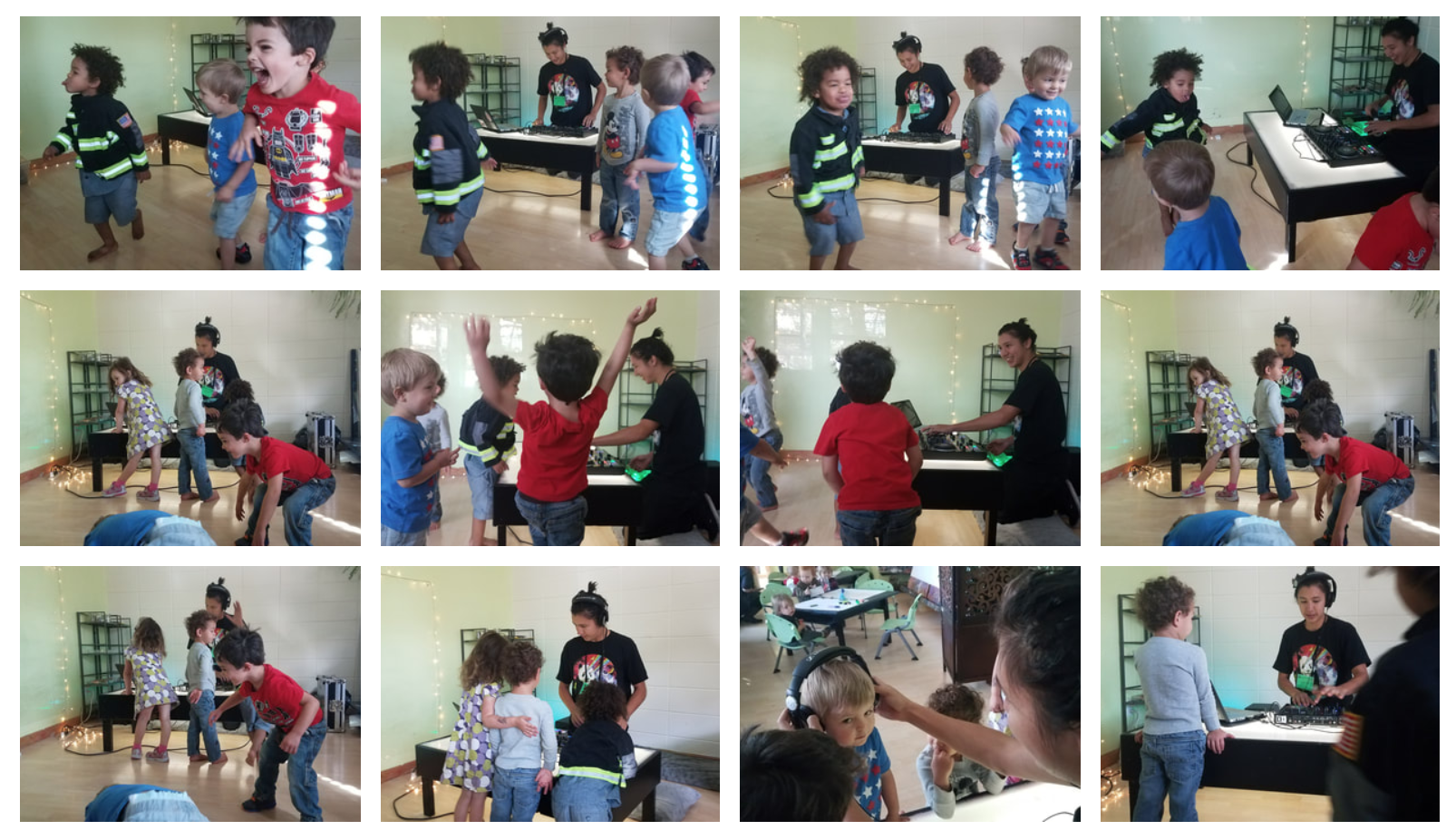










































 Observation is integral to the work we do at Boulder Journey School. It is one of the most powerful tools we can use to keep pace with the children as they rapidly learn and grow. Regular observation allows us to design dynamic, high-quality experiences and environments. It allows us to cater our approach to suit the developmental level, cultural background, and personality of each child. Most of all, it invites the voices of the children into these processes–even those who are not yet speaking–because we work in response to what we observe. Most educators, I would bet, can get behind that. Traditional and non-traditional settings have long required teachers to perform formative assessments, inviting educators to tailor their instruction to each child’s observable signs of learning. We think observation can be taken even further.
Observation is integral to the work we do at Boulder Journey School. It is one of the most powerful tools we can use to keep pace with the children as they rapidly learn and grow. Regular observation allows us to design dynamic, high-quality experiences and environments. It allows us to cater our approach to suit the developmental level, cultural background, and personality of each child. Most of all, it invites the voices of the children into these processes–even those who are not yet speaking–because we work in response to what we observe. Most educators, I would bet, can get behind that. Traditional and non-traditional settings have long required teachers to perform formative assessments, inviting educators to tailor their instruction to each child’s observable signs of learning. We think observation can be taken even further. In the context of our school, observation is not just an occasional tool of assessment. It is a frame of mind, a cultivated skill that becomes second nature. We use it to know the children, to know ourselves, and to know our surroundings. We strive to be in a constant state of observation because we believe that people are–by nature–in constant pursuit of their own learning. Using observation, we join the children on that path, learning alongside them and negotiating an emergent curriculum together.
In the context of our school, observation is not just an occasional tool of assessment. It is a frame of mind, a cultivated skill that becomes second nature. We use it to know the children, to know ourselves, and to know our surroundings. We strive to be in a constant state of observation because we believe that people are–by nature–in constant pursuit of their own learning. Using observation, we join the children on that path, learning alongside them and negotiating an emergent curriculum together.

 Reflect is one of those great words that carries two oppositional meanings. The first refers to the way a mirror reflects. This definition describes the interplay between waves and particles of energy and the surface of an object: instead of absorbing light, the mirror bounces it back, creating a reflection. It is a moment of active contact: energy collides with an object and is ricocheted back, sometimes seeming to be multiplied. Imagine echoes in a tiled room; bright sunlight on a fresh snowbank; trees mirrored on a still pond. These are all forms of reflection. The second meaning of reflect is an internal, mental process. To reflect is to think deeply, carefully, intentionally. Unlike the first, this type of reflection requires absorption. Where the first is a product of energetic movement, the second implies a stillness that is necessary to process information.
Reflect is one of those great words that carries two oppositional meanings. The first refers to the way a mirror reflects. This definition describes the interplay between waves and particles of energy and the surface of an object: instead of absorbing light, the mirror bounces it back, creating a reflection. It is a moment of active contact: energy collides with an object and is ricocheted back, sometimes seeming to be multiplied. Imagine echoes in a tiled room; bright sunlight on a fresh snowbank; trees mirrored on a still pond. These are all forms of reflection. The second meaning of reflect is an internal, mental process. To reflect is to think deeply, carefully, intentionally. Unlike the first, this type of reflection requires absorption. Where the first is a product of energetic movement, the second implies a stillness that is necessary to process information.
You must be logged in to post a comment.